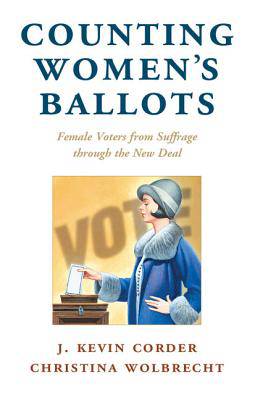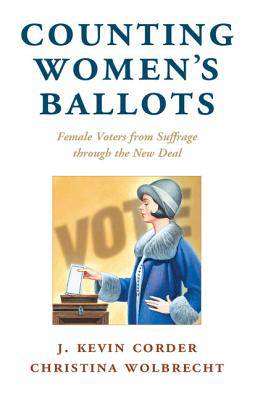
- Afhalen na 1 uur in een winkel met voorraad
- Gratis thuislevering in België vanaf € 30
- Ruim aanbod met 7 miljoen producten
- Afhalen na 1 uur in een winkel met voorraad
- Gratis thuislevering in België vanaf € 30
- Ruim aanbod met 7 miljoen producten
Zoeken
Counting Women's Ballots
Female Voters from Suffrage through the New Deal
J Kevin Corder, Christina Wolbrecht
€ 180,45
+ 360 punten
Omschrijving
How did the first female voters cast their ballots? For almost 100 years, answers to this question have eluded scholars. Counting Women's Ballots employs new data and novel methods to provide insights into whether, how, and with what consequences women voted in the elections after suffrage. The analysis covers a larger and more diverse set of places, over a longer period of time, than has previously been possible. J. Kevin Corder and Christina Wolbrecht find that the extent to which women voted and which parties they supported varied considerably across time and place, challenging attempts to describe female voters in terms of simple generalizations. Many women adapted quickly to their new right; others did not. In some cases, women reinforced existing partisan advantages; in others, they contributed to dramatic political realignment. Counting Women's Ballots improves our understanding of the largest expansion of the American electorate during a transformative period of American history.
Specificaties
Betrokkenen
- Auteur(s):
- Uitgeverij:
Inhoud
- Aantal bladzijden:
- 250
- Taal:
- Engels
- Reeks:
Eigenschappen
- Productcode (EAN):
- 9781107140257
- Verschijningsdatum:
- 26/05/2016
- Uitvoering:
- Hardcover
- Formaat:
- Genaaid
- Afmetingen:
- 154 mm x 239 mm
- Gewicht:
- 589 g

Alleen bij Standaard Boekhandel
+ 360 punten op je klantenkaart van Standaard Boekhandel
Beoordelingen
We publiceren alleen reviews die voldoen aan de voorwaarden voor reviews. Bekijk onze voorwaarden voor reviews.











